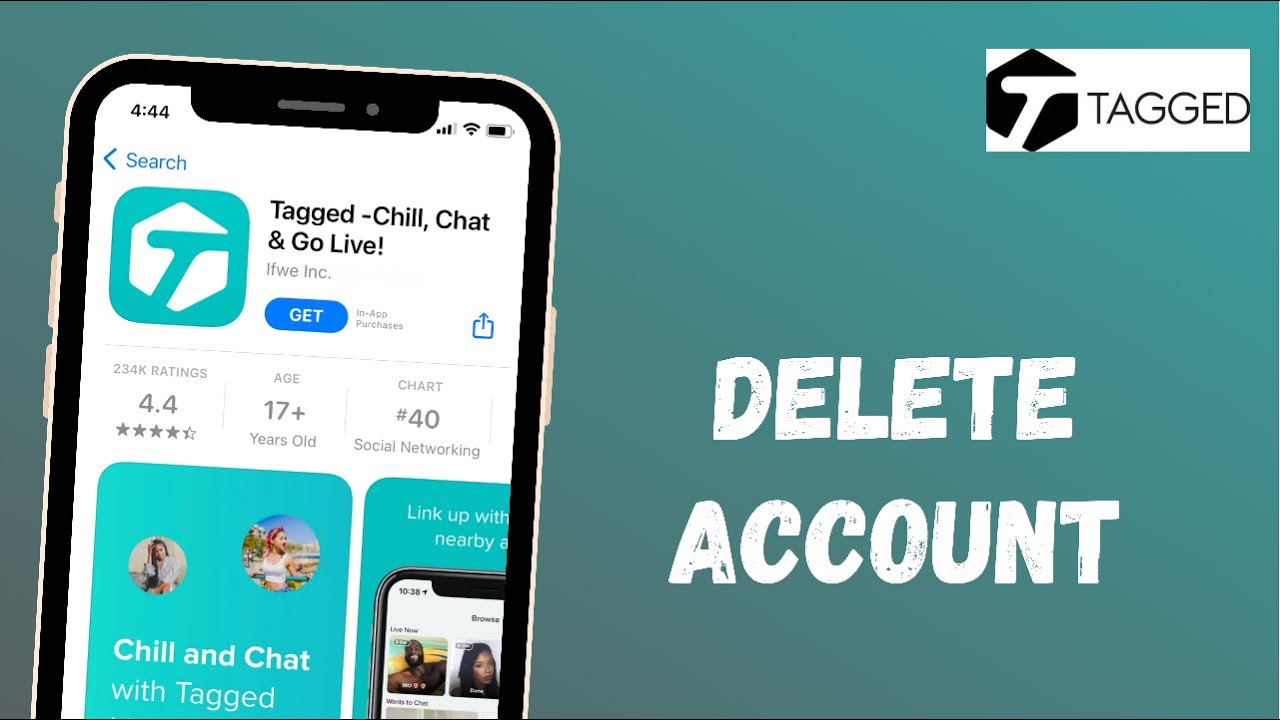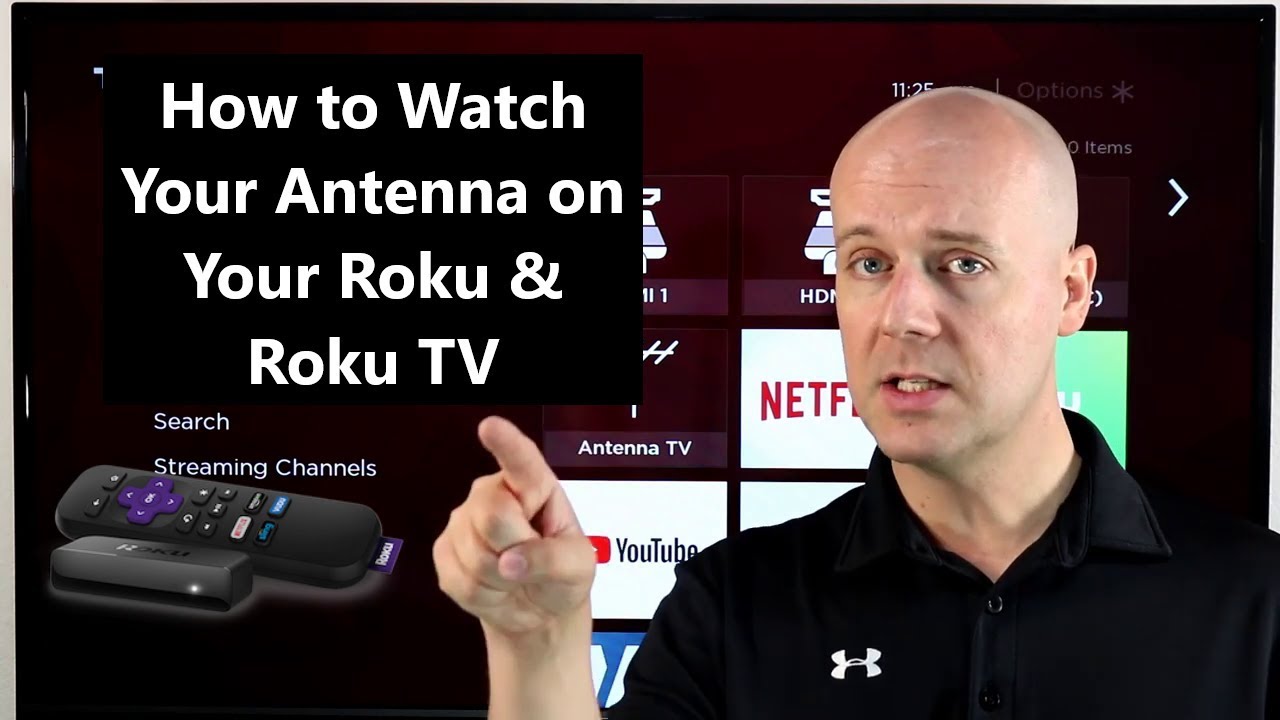Remove Your Tagged Profile in 5 Steps

In today's digital age, where social media and online platforms play a significant role in our lives, managing our online presence has become crucial. Whether you're looking to enhance your privacy, protect your personal information, or simply take control of your digital footprint, removing your tagged profile is an essential step. This guide will walk you through a comprehensive, five-step process to effectively remove your tagged profile from various online platforms.
Understanding the Importance of Removing Tagged Profiles

Tagged profiles, often associated with social media platforms, can provide a convenient way to connect with others and share experiences. However, they can also pose potential risks to your privacy and security. By having your profile tagged in various posts, photos, and activities, you may unintentionally expose sensitive information about yourself to a wide audience. Moreover, tagged profiles can be exploited by online predators, identity thieves, or even employers conducting background checks.
Taking control of your tagged profile is an important step towards safeguarding your personal information and maintaining a healthy digital reputation. It allows you to curate the content associated with your name, ensuring that only the information you want to be publicly available is accessible. By removing unwanted tags, you can protect your privacy, prevent identity theft, and present yourself accurately online.
Step 1: Identify the Platforms with Tagged Profiles

The first step in removing your tagged profile is to identify the platforms where your profile is tagged. This can include social media sites like Facebook, Instagram, Twitter, and LinkedIn, as well as online forums, photo-sharing websites, and even dating apps. Take some time to explore these platforms and make a comprehensive list of all the places where your profile is tagged.
It's important to note that different platforms may have different terminology for tagged profiles. For instance, on Facebook, you might be tagged in photos or posts, while on Twitter, it could be mentioned in tweets. Understanding the specific terminology and features of each platform will help you navigate the removal process more effectively.
A Quick Guide to Common Platforms
- Facebook: Look for photos, posts, and comments where your name is tagged. You can also review your “Activity Log” to see a comprehensive list of all your activities on Facebook.
- Instagram: Check your tagged photos and posts, as well as comments where your profile is mentioned. Instagram also allows you to review and manage your tagged content from the “Settings” menu.
- Twitter: Explore your mentions and tweets where your profile is tagged or mentioned. Twitter provides tools to manage and review your tagged content under the “Privacy and Safety” settings.
- LinkedIn: Check your profile for recommendations and endorsements from connections. You can also review your activity feed to see where your profile has been mentioned or tagged.
Step 2: Utilize Platform-Specific Tools for Removal
Each online platform offers its own set of tools and features to manage and remove tagged content. Familiarize yourself with these tools to streamline the removal process.
- Review and Remove Tags: Go to your “Activity Log” and review all the posts and photos where you’re tagged. You can easily remove tags by clicking on the “…” icon and selecting “Remove Tag.” Facebook also allows you to review and manage your future tagging preferences.
- Report Inappropriate Content: If you find any tagged content that violates Facebook’s Community Standards, you can report it. This could include offensive or inappropriate photos, posts, or comments.
- Manage Tagged Content: Instagram provides a dedicated “Tagged” section in your profile settings. Here, you can review all the photos and videos where you’re tagged. You can easily remove tags by selecting the photo or video and choosing “Edit Tags” or “Remove Me from Post.”
- Approve Tags Before They’re Visible: To prevent unwanted tags from appearing on your profile, you can enable the “Manual Approval for Tags” setting. This ensures that any new tags on Instagram require your approval before they become visible to others.
- Review and Remove Mentions: Twitter allows you to review your mentions and remove unwanted tags. You can do this by going to your “Notifications” tab and selecting the specific tweet or mention you want to remove.
- Manage Your Privacy Settings: Twitter provides various privacy settings to control who can mention or tag you. You can choose to receive notifications for mentions, block specific users, or even limit who can tag you in tweets.
- Review and Remove Recommendations: LinkedIn allows you to review and manage recommendations from your connections. You can remove unwanted recommendations by going to your profile, selecting “View Profile as,” and then choosing “Public Profile.” From there, you can see your recommendations and remove any you don’t want to be publicly visible.
- Adjust Your Privacy Settings: LinkedIn provides privacy settings to control who can view and interact with your profile. You can choose to make your profile visible only to connections, hide certain sections of your profile, or even disable recommendations and endorsements altogether.
Step 3: Contact the Platform’s Support Team (If Needed)
In some cases, you might encounter tagged content that is particularly sensitive or difficult to remove using the platform’s tools. In such situations, it’s advisable to reach out to the platform’s support team for assistance.
Most online platforms have dedicated support channels, such as help centers, email support, or even live chat options. Explain the situation, provide specific details about the tagged content, and request assistance in removing it. The support team can guide you through the process and ensure that the content is removed effectively and promptly.
Tips for Effective Communication with Support Teams
- Provide clear and concise details about the tagged content you want removed, including specific URLs or screenshots if necessary.
- Explain the reason for your request, such as privacy concerns or the potential for identity theft.
- Be respectful and professional in your communication. Support teams are there to help, and maintaining a positive tone can go a long way.
- Follow up on your request if you don’t receive a response within a reasonable timeframe. Most platforms aim to respond to support inquiries within a few business days.
Step 4: Review and Adjust Your Privacy Settings

Taking the time to review and adjust your privacy settings on each platform is an essential step towards maintaining control over your tagged profile. Privacy settings can vary significantly between platforms, so it’s important to understand the options available to you.
Key Privacy Settings to Consider
- Tag Approval or Review: Enable settings that require your approval before any tags become visible on your profile. This ensures that you have control over what content is associated with your name.
- Audience Control: Determine who can see your tagged content. You might choose to limit visibility to your friends or connections only, or even make certain content completely private.
- Notification Preferences: Set up notifications for when you’re tagged in new content. This way, you can stay on top of your tagged profile and take action promptly if needed.
- Data Sharing and Advertising: Review and adjust settings related to data sharing and targeted advertising. Some platforms might use your tagged content for advertising purposes, and you can choose to opt out of such practices.
Step 5: Regularly Monitor and Maintain Your Tagged Profile
Removing your tagged profile is an ongoing process, and it requires regular monitoring and maintenance. As you continue to use online platforms, new tags and mentions may appear, so it’s essential to stay vigilant.
Best Practices for Ongoing Maintenance
- Set Reminders: Schedule regular reminders to review your tagged content. This could be weekly, bi-weekly, or monthly, depending on your online activity and the number of platforms you use.
- Use Automated Tools: Some third-party tools and apps can help you monitor and manage your tagged profile across multiple platforms. These tools can provide alerts and notifications when new tags are added, making it easier to stay on top of your digital footprint.
- Educate Yourself: Stay informed about the latest privacy features and updates on each platform. Platforms frequently introduce new tools and settings to enhance user privacy, so keeping yourself updated can help you make the most of these features.
By following these five steps and regularly monitoring your tagged profile, you can take control of your online presence and protect your privacy. Remember, your digital reputation is a valuable asset, and managing it effectively is an important aspect of your overall online security and well-being.
What happens if I remove a tag on a public post or photo?
+When you remove a tag on a public post or photo, your name and profile will no longer be associated with that content. The post or photo will remain visible to the public, but your profile will no longer be linked to it. This helps protect your privacy and ensures that your tagged profile remains under your control.
Can I prevent certain users from tagging me on social media platforms?
+Yes, most social media platforms provide settings that allow you to block specific users from tagging you. By blocking these users, they won’t be able to tag you in future posts or photos, helping you maintain control over your tagged profile.
Are there any legal implications for removing tagged content on online platforms?
+Generally, removing tagged content on online platforms is within your rights as long as you’re not violating any terms of service or infringing on someone else’s intellectual property rights. However, it’s always a good idea to review the specific terms and conditions of each platform to ensure you’re acting within their guidelines.



